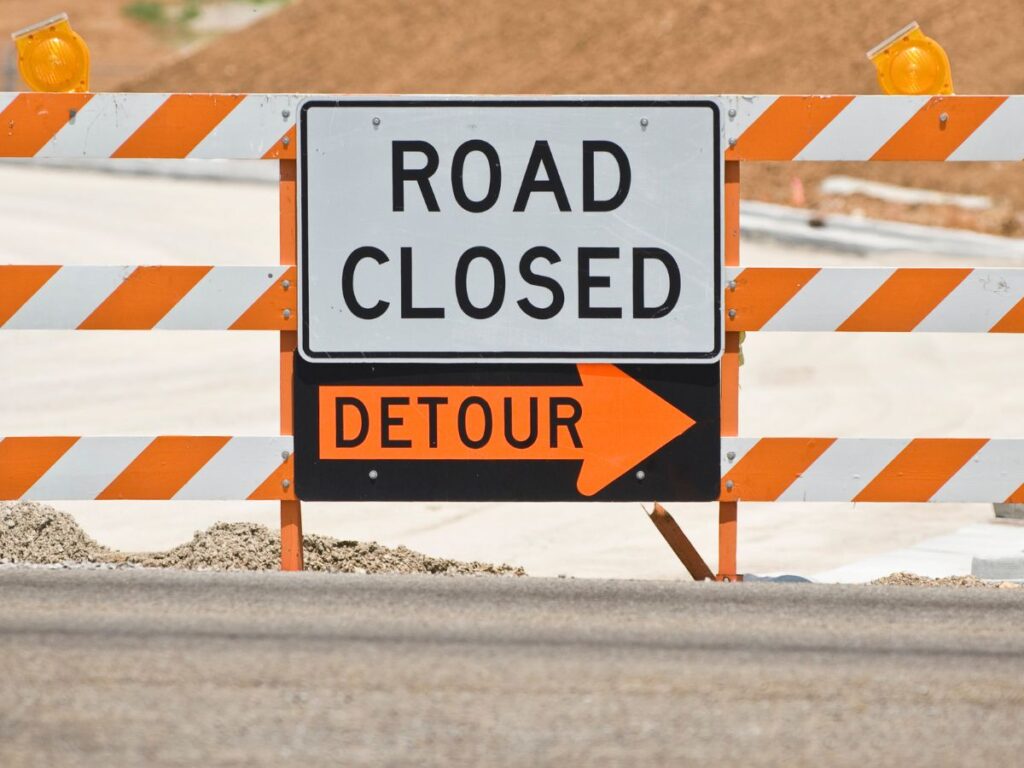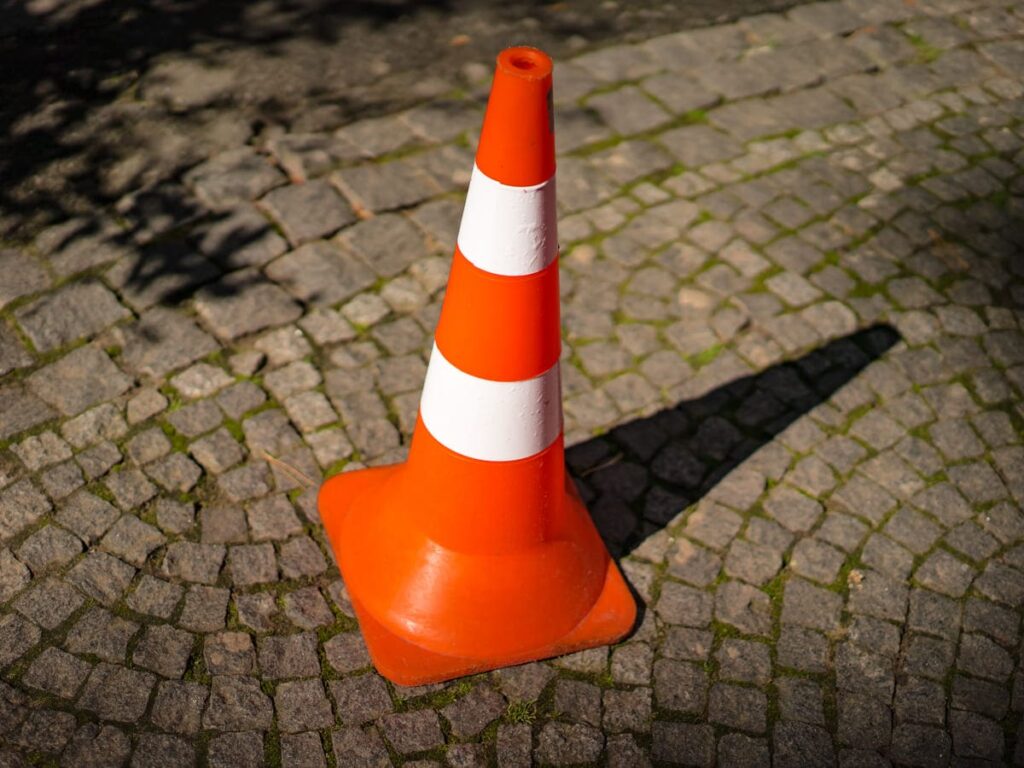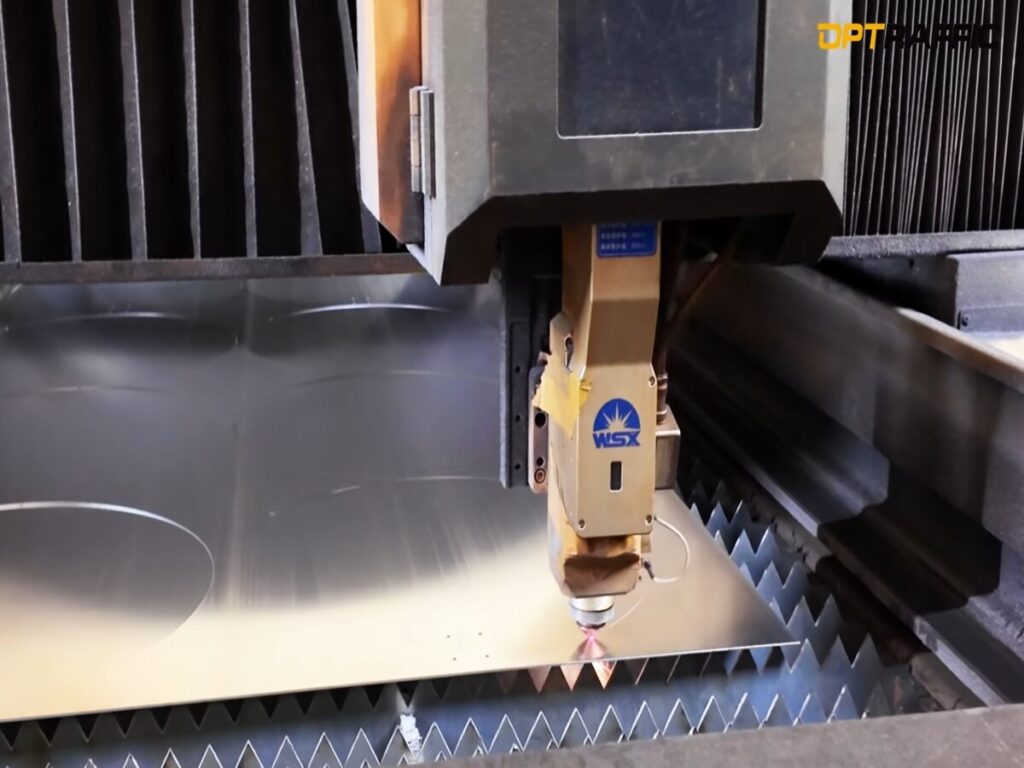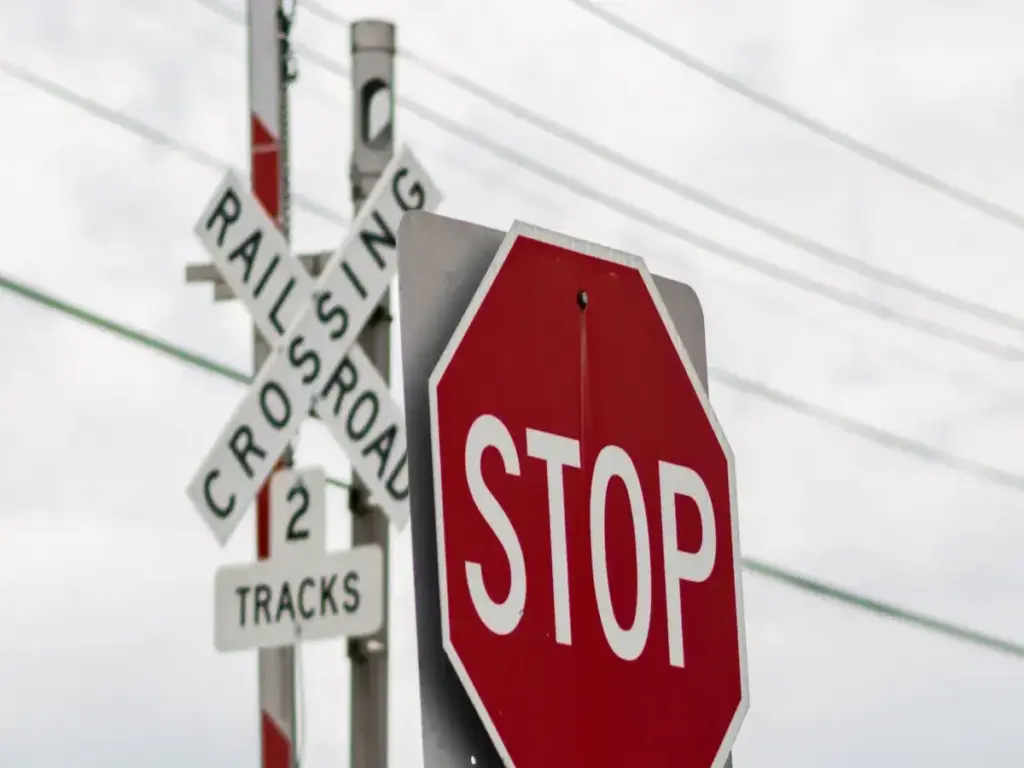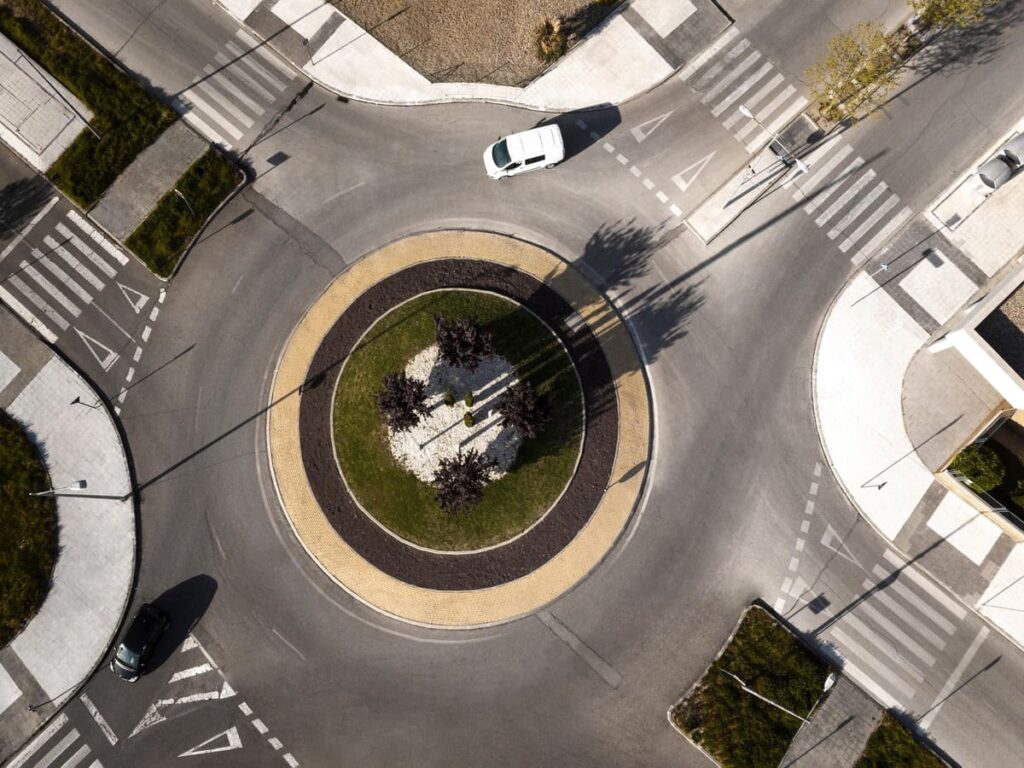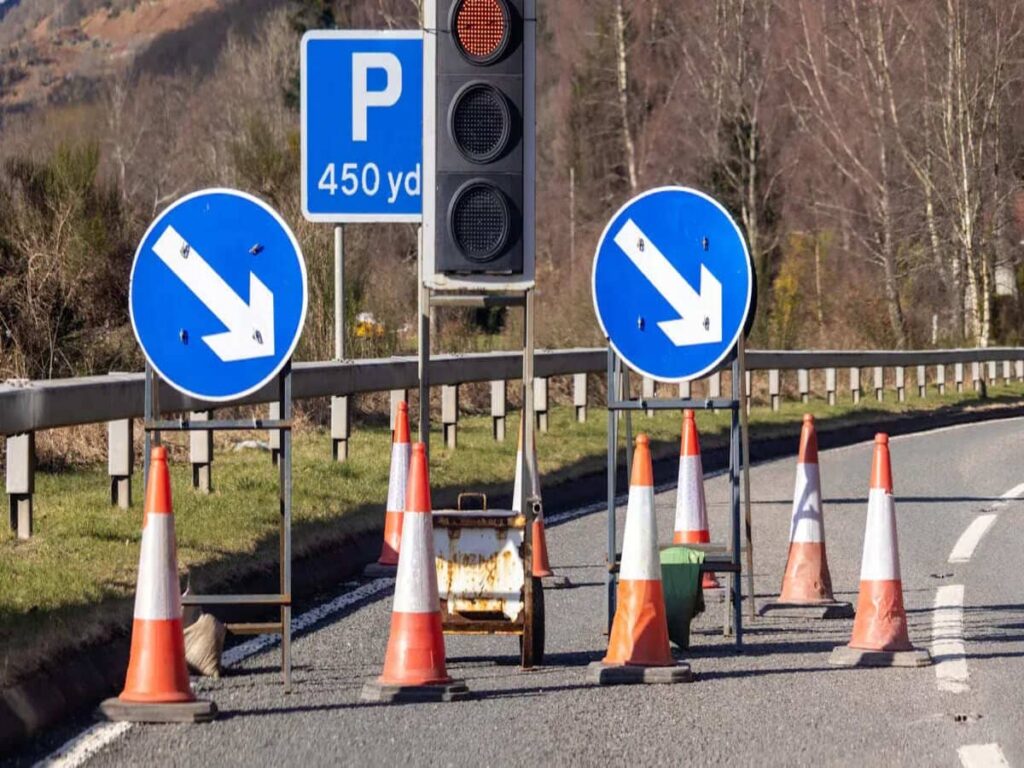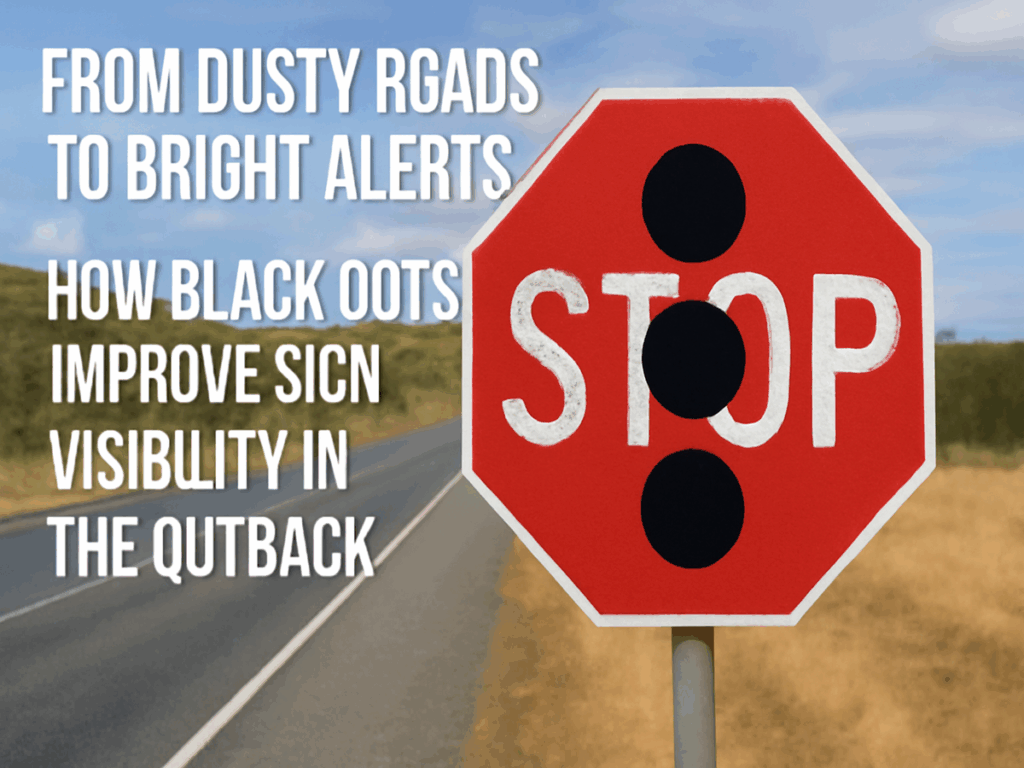
Você enfrenta condições duras de condução nas estradas externas. Nuvens de poeira, Terra vermelha, e a grama desbotada pode fazer com que os sinais padrão se misturem ao fundo. O brilho ao nascer e ao pôr do sol torna ainda mais difícil identificar avisos importantes. O sinal de parada com 3 Dots pretos se destacam nessas configurações duras. Seu design ajuda você a ver o sinal rapidamente e a saber quando parar, Mesmo que os semáforos falhem ou a paisagem pareça a mesma em todos os lugares. Esta mudança simples pode mantê -lo mais seguro em áreas remotas.
OPTRAFFIC supplies durable Sinais de segurança no trânsito made to perform in these extreme conditions. As a professional sign manufacturer, we focus on clarity, segurança, and long-term performance—ideal for remote, high-risk road environments.
Takeaways -chave
- Pó, red dirt, and bright light make stop signs hard to see in the outback. This can put drivers in danger.
- Adding three black dots to stop signs makes a bold border. This helps drivers see the signs faster and from more places.
- Black dots help people notice the sign’s shape and edges. This lets drivers react quickly, even when it is dusty or dark.
- Councils and road crews in Western Australia and the Northern Territory use these signs. They want to stop drivers from missing stops and having crashes.
- This cheap design change lasts longer and gives big safety benefits. It is great for tough and faraway places.
Outback Road Surface and Color Background
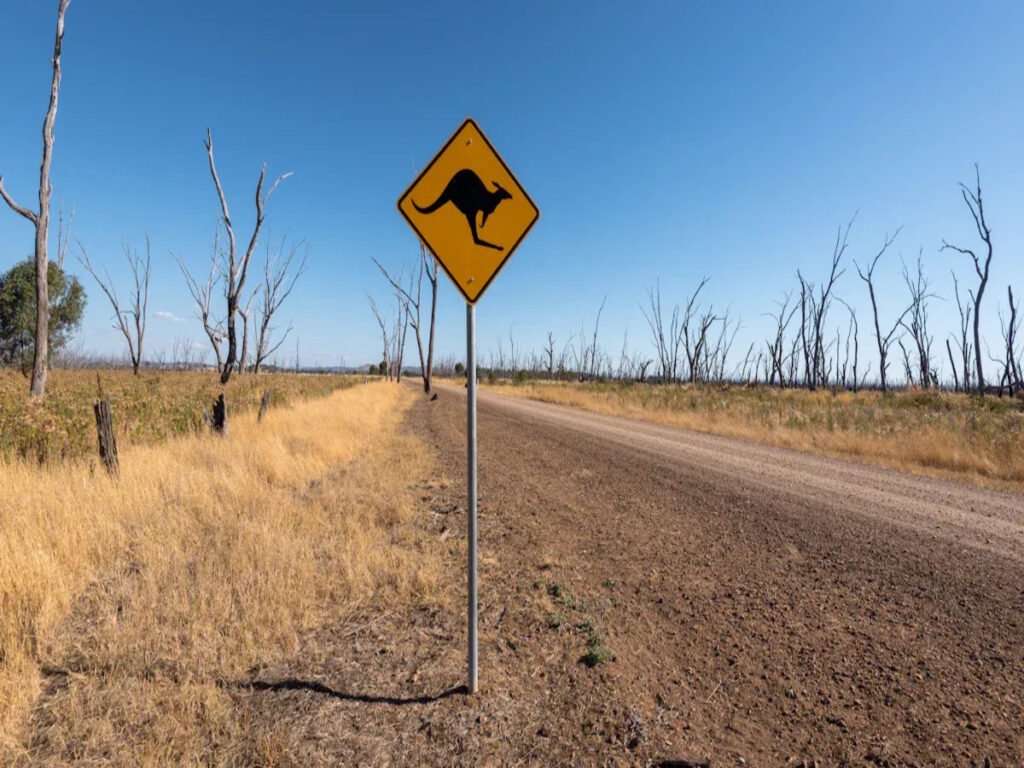
Common Soil Tones and Terrain Conditions
You drive through the outback and notice the land changes colour often. The soil can look ochre, rusty red, or even deep brown. Dry grass and faded shrubs cover much of the ground. In places like the Pilbara or along the Stuart Highway, the earth contains iron-rich gravel and red clay. These colours create a strong, natural palette that surrounds every road. When you travel on unsealed roads, you see dust clouds rise and settle on everything nearby.
- Ochre earth and red clay dominate the landscape.
- Iron-rich gravel gives the ground a reddish shimmer.
- Dry grass and faded vegetation add pale yellow and brown tones.
Visual Challenges Caused by Unsealed Roads and Red Earth
Unsealed roads in the outback present unique problems for drivers. Dust from passing vehicles hangs in the air and settles on road signs. This dust can make it hard for you to spot important warnings. The red earth often matches the colour of standard road signs, so signs can blend into the background. At sunrise or sunset, strong glare makes it even harder to see. You might miss a stop sign if it does not stand out clearly.
Observação: Studies using high-resolution satellite images, such as the WHU-RuR+ dataset, show that rural roads have complex backgrounds. These backgrounds make it difficult to detect roads and signs, especially when colours and textures are similar.
How Terrain Affects Standard Signage Perception
The terrain in the outback changes how you see road signs. Standard red-and-white signs can lose their shape against the red soil. Dust and faded vegetation reduce the contrast between the sign and its surroundings. When you drive quickly, dust trails can cover signs in seconds. You rely on clear shapes and strong borders to spot signs in time. If the sign blends in, you may not react fast enough to stay safe. The unique colours and textures of the outback make it essential for signs to stand out boldly.
Problems with Red-White Contrast
Limitations of Red-on-White Visibility in Dusty Environments
Red-on-white stop signs do not always stand out in the outback. Dust from cars and trucks lands on signs and makes them look dull. The red part of the sign can look just like the red earth and ochre soil. White letters and borders get dirty fast, so they are hard to see. When you drive on unsealed roads, dust clouds can cover a sign very quickly. This makes it hard for you to notice warnings in time. You need strong contrast to see signs well, but the outback makes this contrast weaker every day.
Dica: Always slow down when you get close to intersections in dusty places. Poor visibility can hide important signs.
Brilho, Desvanecimento, and Environmental Blending
Glare from the low sun at dawn or dusk can make stop signs hard to see. Sunlight can bounce off the sign and wash out its colours. Ao longo do tempo, the strong sun makes the red paint fade. Faded signs blend in even more with the background. Dry grass and red soil make it even harder for normal signs to stand out. You need signs that keep their colour and shape, even after years of sun and wind.
When Standard Retroreflective Sheeting Falls Short
Standard retroreflective sheeting does not always work well in tough outback weather. Pó, chuva, and dirt can cover the reflective surface and make it less bright. Older glass bead-based sheeting does not reflect well when it is wet or dirty. Às vezes, signs look dull or almost invisible at night or in bad weather.
- Reflective strips work well in normal weather but not in heavy rain or thick fog.
- Full reflective sheeting with a prismatic surface keeps signs bright, Mesmo em condições difíceis.
- Higher retroreflectivity lets you see signs from further away, o que ajuda a interromper acidentes.
| Aspecto | Detalhes |
|---|---|
| Early Technology | Glass bead-based sheeting does not reflect well with dirt and water. |
| Durability Testing | Tests check for fungus, clima, solavancos, e arranhões. |
| Impacto ambiental | UV, aquecer, pó, and rain make standard sheeting wear out faster. |
| Impacto na visibilidade | Prismatic sheeting gives longer visibility and better safety. |
You get the most help from signs that use new materials and bold designs. These features help you spot warnings quickly, even when the outback makes it hard.
Role of Black Dots in Enhancing Sign Borders
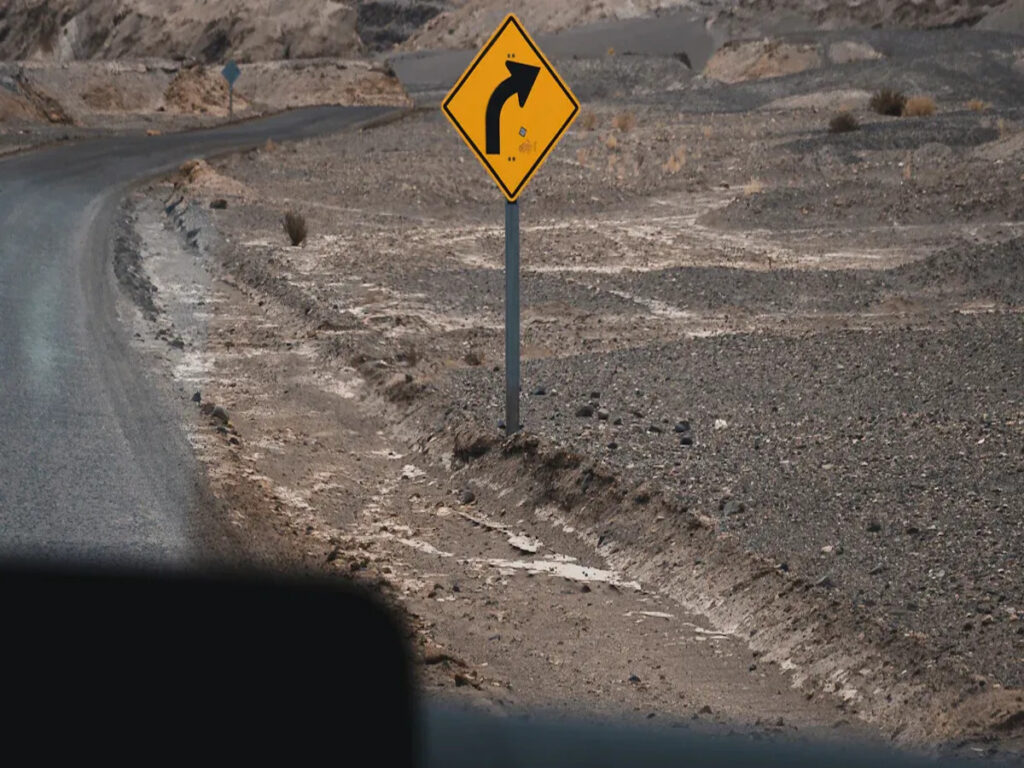
Visual Contrast Created by Black Elements
You notice that a stop sign with 3 black dots stands out much more than a plain sign. The black dots create a strong border around the red background. This border helps your eyes pick out the sign, even when dust or sunlight makes other colours fade. Researchers have measured this effect using a conspicuity index. When black elements frame a sign, the angle at which you can spot it increases from 17.8° to 31.9°. This means you see the sign from a wider range, even if you are not looking straight at it. Other colours do not give the same boost. The black border works best because it absorbs light and blocks glare, making the sign pop against the outback’s red and yellow tones.
Improved Shape Recognition for Faster Driver Response
You rely on shapes as much as colours when you drive. O sinal de parada com 3 black dots makes the octagonal shape clearer. Your brain recognises this shape quickly, even if the colours look faded or dusty. When you see the black dots, you know at once that you must stop. This quick recognition helps you react faster at junctions. You do not need to read the word “STOP” to understand the message. The bold outline and dots give you an instant signal, which is vital when you approach a crossing at speed.
Dica: Look for the black dots when you drive in remote areas. They help you spot stop signs before you get too close.
Edge Sharpness Under Peripheral or Rapid Approach
You often see signs from the corner of your eye, especially when you drive fast or turn your head. The black dots on the stop sign sharpen the edges, so you notice the sign even in your peripheral vision. The black border cuts through dust and glare, keeping the sign’s outline crisp. This sharpness means you can spot the sign quickly, even if you are not looking directly at it. O sinal de parada com 3 black dots gives you more time to react, which can prevent accidents on busy or dusty roads.
Field Use Cases in WA and NT
Black Dot STOP Signs in Pilbara, Barkly, and Regional Highways
When you drive in the Pilbara and Barkly, you see many highways. These roads cross big open land with little shade. You often spot stop signs with 3 black dots at busy crossings. They are also on long roads where dust and glare make normal signs hard to see. Local councils pick these signs because they stand out on red earth and faded grass. You find them on the Great Northern Highway, the Barkly Highway, and smaller roads. The black dots help you see the sign from far away, even when the sun is low or the air is dusty.
Application by Road Crews, Mining Fleets, and Local Councils
Road crews in Western Australia and the Northern Territory use these signs for roadworks or new crossings. Mining fleets need clear signs to keep drivers safe on private roads and at busy entrances. Local councils choose the stop sign with 3 black dots for places where normal signs do not work well. You might see these signs in emergency kits for trucks or at crossings near remote towns. Os pontos pretos facilitam o sinal, even if you drive fast or the weather changes quickly.
Observação: Road safety teams say these signs last longer before they need replacing, even in tough outback weather.
Observational Feedback from Driving Instructors and Safety Audits
Driving instructors in country areas say students react faster to stop signs with black dots. They explain that the bold outline helps new drivers notice the sign sooner. Safety checks from local councils show fewer missed stops at crossings with these signs. Você obtém melhor visibilidade, so you have more time to slow down and stop safely.
| Região | Casos de uso comuns | Reported Benefits |
|---|---|---|
| Pilbara | Remote crossings, rodovias | Mais fácil de ver, fewer missed stops |
| Barkly | Mining roads, rural crossings | Quicker driver response |
| Regional WA/NT | Council roads, emergency kits | Os sinais duram mais |
Practical Impact on Road Safety
Real-World Improvements in Junction Visibility
When you drive in the outback, dust and sunlight make signs hard to see. O sinal de parada com 3 black dots helps you spot it from further away. Even when the air is dusty or the light is dim, you notice the sign sooner. Many drivers say they see these signs much earlier than normal ones. This gives you more time to slow down and stop at junctions. Having extra time can stop crashes, especially where roads cross far from towns. Local councils say there are fewer missed stops and more people obey the signs with black dots.
Dica: Watch for the bold outline and black dots when you get near a junction in the outback. They help you react fast and keep safe.
Low-Cost Upgrades with High Visual Benefit
You do not need fancy technology to make roads safer. Adding black dots to stop signs is a simple change that helps you see them better. It does not cost much, but it makes a big difference. Many councils pick these signs because they last longer and work well in tough places. You spend less money fixing or replacing them. The Stratus Unlimited blog says that cheap upgrades, like cleaning and small design tweaks, mantenha os sinais brilhantes. These steps help you spot warnings sooner and lower the chance of accidents.
| Fator | Sinais Estáticos Tradicionais | Sinalização Digital |
|---|---|---|
| Custo inicial | Mais baixo (£200-£1,000) | Mais alto (£1,000-£5,000+) |
| Custo operacional | Mínimo | Moderado (£100-£1,000 annually) |
| Update Flexibility | Baixo | Alto |
| Engagement & ROI | Mais baixo | Mais alto |
You can see that even small changes to signs can make roads much safer and easier to see.
Future Potential for Standard Inclusion in Extreme Environments
You might wonder if these signs will be used in more places. Many road safety experts think stop signs with 3 black dots could help in other tough areas. You could see them in deserts, mines, or anywhere it is hard to see. If more councils use these signs, roads will be safer and warnings will be clearer. Simple changes like this can help everyone who drives.
You have seen how the stop sign with 3 black dots helps you spot warnings quickly in the outback. This simple design improves safety and saves lives. Many councils and experts support such cost-effective changes. To learn more about how these signs work, where they’re used, and why they matter, Explore nosso blog: Compreendendo os sinais de parada preta exclusiva da Austrália: Tudo que você precisa saber.
Perguntas frequentes
What do the three black dots on stop signs mean?
You see three black dots on some stop signs in the outback. These dots help you spot the sign quickly. The dots create a strong border, making the sign stand out against red earth and dust.
Where can you find stop signs with black dots in Australia?
You find these signs mostly in Western Australia and the Northern Territory. Councils use them on highways, mining roads, and remote crossings. They help you see stop signs better in harsh outback conditions.
Do black dots make stop signs easier to see at night?
Sim, black dots improve visibility at night. The dots sharpen the sign’s edges. You notice the sign sooner, even with headlights or dust in the air.
Are black dot stop signs more expensive than regular ones?
Não, adding black dots is a low-cost upgrade. Councils choose this design because it gives you better visibility without raising costs.
Can black dot stop signs help in other countries?
Sim, you can use this idea anywhere with dusty roads or faded backgrounds. The black dots help drivers see stop signs faster in tough environments.
Dica: Always look for bold outlines and clear shapes when driving in remote areas. These features help you stay safe.

